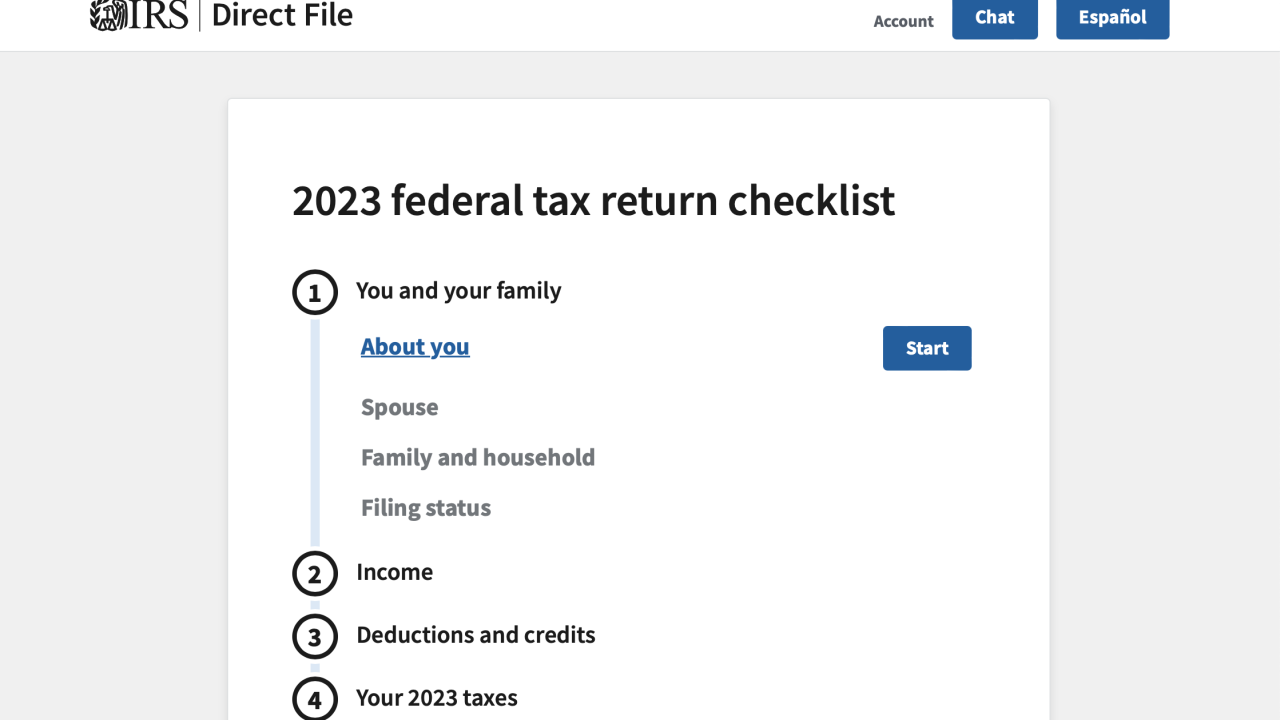The Internal Revenue Service is not expected to meet the Treasury Department's goal of scanning millions of tax returns by the end of the year, according to a new report, after having scanned less than 35,000 Form 1040 returns by the end of June.
The
The IRS has been pilot-testing various forms of scanning technology, including business tax returns, which seem to be further ahead than the 1040. The pilots are known as the Lockbox, Scanning as a Service (SCaaS), and Submission Processing Modernization (SPM). The Lockbox initiative has scanned the most returns so far, according to the report: 503,988 of the Form 940, Employer's Annual Federal Unemployment (FUTA) Tax Returns. That's followed by 201,773 of the Form 941, Employer's Quarterly Federal Tax Returns, in the Lockbox/SCaaS pilot, 34,826 of the Form 1040 individual income tax returns in SPM pilot, and 527 of the Form 709, Gift (and Generation-Skipping Transfer) Tax Returns, in the SCaaS pilot. But that still falls short of millions of returns, the report pointed out.

"Even when considering the business tax returns that were scanned as part of the various pilots, the IRS still will not reach the Secretary's expectation to scan millions of individual tax returns before the end of Calendar Year 2023," said the report. "As of June 30, 2023, the IRS had scanned fewer than 35,000 paper-filed Forms 1040, U.S. Individual Income Tax Return."
IRS officials told TIGTA they will start testing another scanning solution during the 2024 filing season, known as the Modernized Paper Processing System, which will combine artificial intelligence technology such as machine learning, with the IRS's existing Service Center Recognition Image Processing System technology to scan tax returns directly into IRS tax processing systems.
Centralized oversight of the IRS's scanning efforts is crucial for selecting a scanning solution that will accomplish the IRS's transformation goals, the report noted. Back in July 2020, when it set a digitalization strategy, the IRS recommended establishing a centralized office responsible for enterprise-wide governance, but as of this past June, the IRS has still not transitioned oversight of its digitalization efforts to this office. In July, IRS officials said a group within the Transformation and Strategy Office would be responsible for the digitalization efforts under the one of the agency's strategic operating plan initiatives, which includes the digital processing of paper-filed tax returns. But the current tax return scanning pilots weren't included as part of this initiative.
TIGTA recommended in the report that the IRS's chief transformation and strategy officer should evaluate the potential benefits, challenges and cost of each of the processes the IRS piloted when deciding which digital processing solution to implement for the 2025 filing season and beyond. Once a digital processing solution has been identified, the IRS should also develop a detailed plan with measurable milestones for implementing the solution before the start of the 2025 filing season, TIGTA suggested. The IRS agreed with both of TIGTA's recommendations and plans to implement them prior to the start of the 2025 filing season.
"We are committed to developing and adopting of technology in a results-driven environment," wrote Kenneth Corbin, commissioner of the IRS's Wage and Investment Division, in response to the report. "We continue to develop several scanning initiatives for modernization of individual tax return processing and digitalization of document storage. The IRS has cautiously limited the scale of scanning and digitalization projects to ensure the best long-term outcome for the agency and taxpayers."
The rate of successful transmission to the electronic filing system among the various pilots has been close to 100%, he noted. Corbin is set to become the new chief of taxpayer service at the
"Most sophisticated organizations today are operating in a world in which they've moved past paper and they're in a completely digital environment, and that's where we need to be," he said. "So what are we using these Inflation Reduction Act funds on? We're spending it on things like new modern scanners. I went out and visited our submission processing centers. We have scanners, but we don't have enough with them. They're really slow. They're old, and they create images that are not NIST [National Institute of Standards and Technology] compliant, so we still have to retain the paper. But we haven't had the funds previously to invest in them. Now we're procuring much quicker modern scanning systems that allow us to convert paper to machine readable format at entry in our mailroom, so that we can flow through a digital environment. Just like we're ending the era of hours of elevator music [on the phone line], we want to end the era of paper filling our cafeterias and our hallways. That lead to errors, misplaced returns and can lead to backlogs and slow processing. With a fully digital environment, we'll have much more security, and much more certainty, less variability and be able to process things a lot faster."





